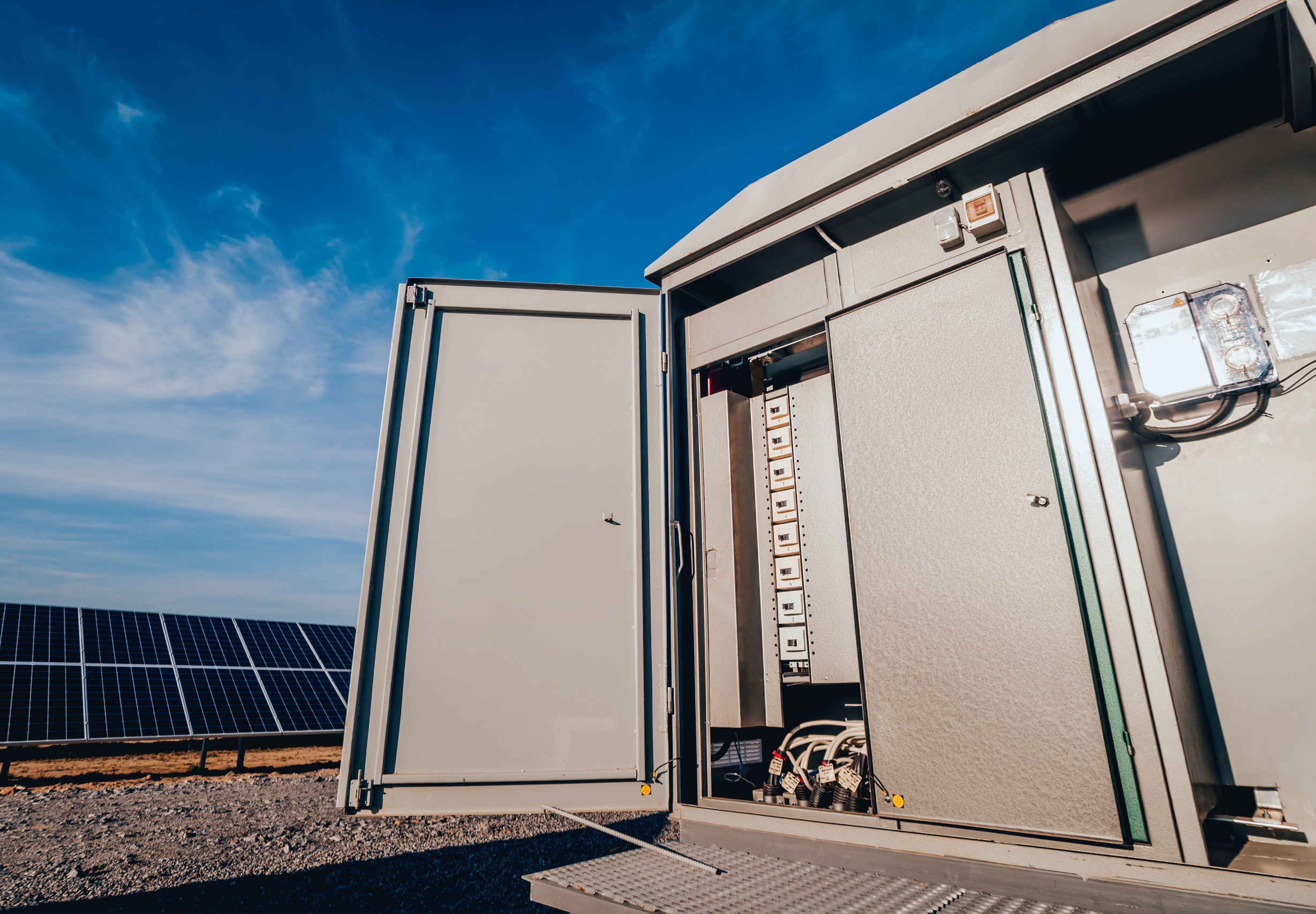According to data from the Energy Information Administration (EIA), more than 20 gigawatts (GW) of battery capacity have been added to the US electric grid in the last four years. This rapid expansion is equivalent to the production of 20 nuclear reactors and is crucial for averting power disruptions, especially in states that rely significantly on intermittent renewable energy sources such as wind and solar.



I’d like to see a cost comparison. I’m guessing all that battery storage cost less than the price of a nuclear reactor over its lifetime.
Although renewable + bess still wins according to most recent studies on that matter, cost comparison between nuke and renewable / Bess is not that useful. Assumptions on the longevity of nuke reactors, for example, helps little if the fleet of reactors end up constantly break down and require repairment as in France and Belgium. So lcoe of nuke over long time span is highly uncertain and contingent; even in construction phase nuclear projects already entails higher risk in time and budget overrun than renewables. Plus the positive feedback loop of learning curve, evident in renewable and Bess, is not so visible for nuclear.
What is more useful for sake of current policy discussion is deployment rate and scalability, which renewable plus batteries clearly wins.
The 2 most recent reactors built in the US, the Vogtle reactors 3 and 4 in Georgia, took 14 years at 34 billion dollars. They produce 2.4GW of power together.
For comparison, a 1 GW solar/battery plant opened in nevada this year. It took 2 years from funding to finished construction, and cost 2 billion dollars.
So an equivalent in solar power generation/storage vs nuclear is about 7x faster and 1/8th the cost than nuclear.
Not trying to be a “nuclear shill”, but it is worth mentioning from the article you linked:
The capacity factor of solar is something around 25%, so that 690 MW solar array (even with batteries) produces about as much energy as ~160 MW nuclear… So 7x faster, but the costs are closer than you suggest. Solar is still cheaper because the O&M costs are minimal, but pretending 690 MW solar + 380 MW battery is equivalent to 1 GW nuclear is a bit disingenuous.
That’s a solid critique. We can math it out more.
So each 1.2GW reactor works out to be 17bil. Time to build still looks like 14 years, as both were started on the same time frame, and only one is fully online now, but we will give it a pass. You could argue it took 18 years, as that’s when the first proposals for the plants were formally submitted, but I only took into account financing/build time, so let’s sick with 14.
For 17bil in nuclear, you get 1.2GW production and 1.2GW “storage” for 24hrs.
So for 17bil in solar/battery, you get 4.8GW production, and 2.85gw storage for 4hrs. Having that huge storage in batteries is more flexible than nuclear, so you can provide that 2.85gw for 4 hr, or 1.425 for 8hrs, or 712MW for 16hrs. If we are kind to solar and say the sun is down for 12hrs out of every 24, that means the storage lines up with nuclear.
The solar also goes up much, much faster. I don’t think a 7.5x larger solar array will take 7.5x longer to build, as it’s mostly parallel action. I would expect maybe 6 years instead of 2.
So, worst case, instead of nuclear, for the same cost you can build solar+ battery farms that produces 4x the power, have the same steady baseline power as nuclear, that will take 1/2 as long to build.
Yet every time renewables are mentioned, the nuclear shills are out in force
Yes, but one must also factor in the cost of the power source. Is it a solar or wind farm? Is it just off the grid? One way or another, the cost of the power source does factor into this. You know, because nuclear reactors, etc, generate power, but batteries merely store it.
That second one is a solar farm / battery installation. So it’s included.
Oh, ok